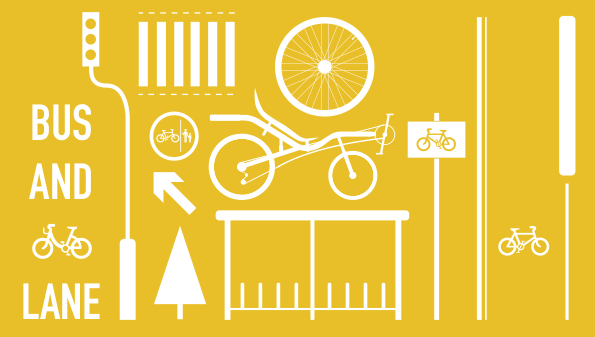In June 2018, KLWNBUG was invited to comment on a response from Norfolk's Director of Public Health that included "I am told the design meets all national design requirements, including Manual for Streets and current best practice, such as general principles from the London Cycle Design Standards. The Harding’s Way walking and cycling route will still offer a safe route for buggies and this road will carry low levels of traffic compared to the London Road route into King’s Lynn. I understand the contentious nature of this application. However, having consulted with colleagues, I believe it would be difficult for public health to raise an objection to this [Traffic Regulation Order to allow HGVs onto the southern end] as measures that were suggested at the design stage have been implemented." Here's what MJ sent back on behalf of BUG:
Dear all,
I do not understand Public Health's response on this matter and I am very disappointed by it. It seems fundamentally flawed to compare the proposed Hardings Way change with London Road, rather than comparing it with the current state of Hardings Way. That seems like the important thing when considering whether this change is good for health: is it healthier than the current road or not? I don't think it matters much that it will still be healthier than one of Lynn's unhealthiest roads, unless we're engaged into some mad race to the bottom where all streets can be made worse as long as they're not made quite as bad as the worst.
So I feel that this refusal to object is a failure of Public Health's duty to implement NICE Guidance NG90 on Physical activity and the environment, which you can remind yourself about at https://www.nice.org.uk/guidance/ng90/chapter/Recommendations#strategies-policies-and-plans-to-increase-physical-activity-in-the-local-environment

Furthermore, the proposed designs for Hardings Way South do not appear to comply with current best practice such as the London Cycling Design Standards which is part of why I believe it will endanger vulnerable road users unneccessarily.
Perhaps someone can explain why they believe it complies? Especially, what type of cycling provision listed in chapter 4 are they regarding this as and so what sections of the current LCDS does it follow?
The LCDS is a fairly easy read with lots of pictures and diagrams and can be downloaded from https://tfl.gov.uk/corporate/publications-and-reports/streets-toolkit

Specifically, the main cycleway (also used by buses) does not comply with section 4.3.6 Cycle Streets in that no signs are proposed, it will not be marked like our cycle tracks and it will have a too-high 30mph speed limit, no restriction on motorists overtaking cyclists and no distinctive surfacing; and it does not comply with LCDS 4.3.7 Shared Bus/cycle Lanes because it has no cycle route indicator markings, no advance cycle release lights at the Wisbech Road junction (the signal timings are already too short for all but the fastest cyclists to make it across the junction before Wisbech Road gets green lights, as we reported back in October 2013 only to be told that lights will not be adjusted where it would harm bus and car flows) and anyway that type of provision is only "capable of achieving a basic level of service for cyclists," which I would argue is not appropriate for a route which was a cycleway long before buses were there and anyway, this bit won't be a bus/cycle lane any more if private cars and max legal HGVs are using it.
The "dual network" cycleways alongside the road do not comply with LCDS 4.6 Cycle Facilities Alongside &c because they resemble footways, there are insufficient access/egress points (which aren't flat, either), the corner radii for turning onto the toucan crossings are too tight (almost zero radius, in fact) and "Partially separated and shared use footways are not generally recommended alongside the carriageway where there are better ways of providing for cyclists." Those better ways are clearly a cycle street or bus/cycle lane.

I have not seen this safety audit for this so cannot offer specific comment on it yet (why is this not published?), but I note that nearby we have potentially lethal junction designs like Scania Way at Oldmedow Road (where cyclists are directed to enter/exit from the corner of a T junction used by many turning HGVs) and the crossing of the Hospital Roundabout (where people walking and cycling are expected to cross two lanes of merging traffic within 3 seconds with no warning signs or markings, then three lanes of queuing traffic) have apparently also passed Norfolk's safety audit team without being made safe, so I believe it's KLWNBUG's view that Norfolk's current safety audit process is dangerously flawed.
I hope that informs and I look forward to any clarifications and seeing the safety audit.
As of October 2019, no clarifications have been seen. It seems that Norfolk Public Health see no need to actually engage with the public who want healthy streets in Norfolk...

Perhaps we need to raise the issue of flawed / non-existent safety audits more widely? The general public need to be aware of the cavalier attitude of both the borough and county councils which puts pedestrians at risk too.